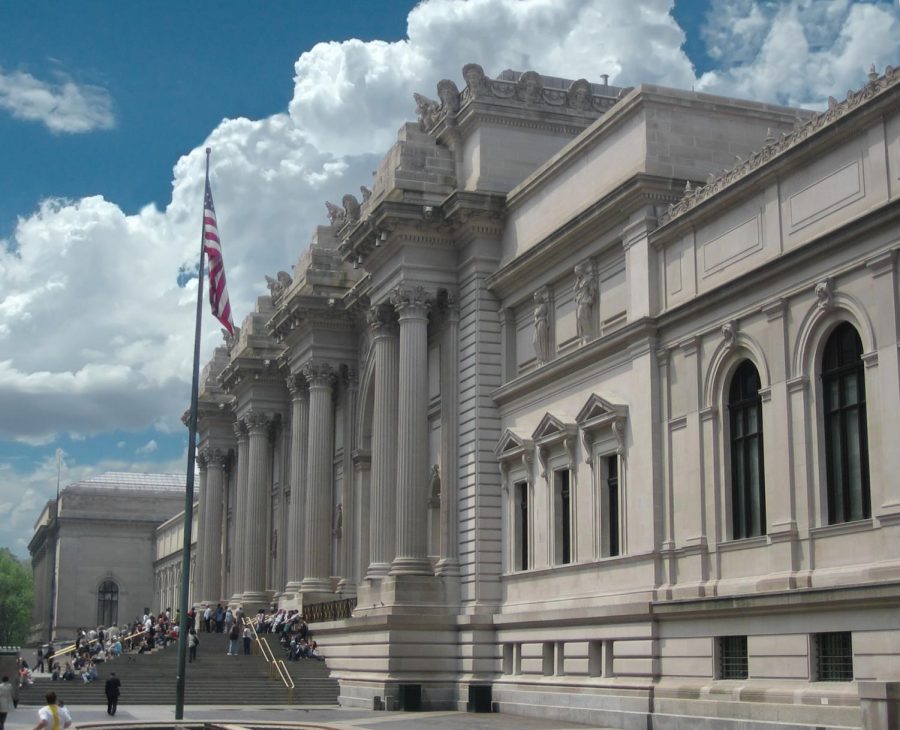New charge for Met admission starts talk about the price of art
Creative Commons Photo Courtesy of Arad
The Metropolitan Museum of Art in New York City is now charging out-of-state visitors for admission.
January 25, 2019
Family photos. A grandfather’s camera. A mother’s ring. Society deems these items priceless, along with notable works of art, not because of their worth, but because of their meaning.
But what happens when the priceless becomes priced? The Metropolitan Museum of Art in New York City, known for its displays of invaluable antiquities from the past and contemporary art of the present, now charges admission.
For the past 50 years, the Met allowed visitors to observe art, including Vincent van Gogh’s self-portrait, for an optional donation fee. Now, out-of-state visitors must pay $25 for adults, $17 for seniors and $12 for students.
The Met’s decision to add a price tag to its masterpieces reignited the controversy surrounding a museum’s choice to charge admission at all. While some think assigning monetary value to art supports the artist and art itself, others argue that art is more meaningful than money.
Freshman Allison Borkenhagen of Middletown said that the decision to price art should be the artist’s decision.
“[Art] can have a price. It fluctuates depending on the artist and how they feel it should be marked as,” Borkenhagen said.
But, not everyone agrees with the pricing art. Freshman Isabel Lindsay of Aberdeen said that art should not be priced because it is a representation of the artist.
“I don’t think art should be priced because it comes from the heart,” Lindsay said. “Artists put their life and soul into their artwork and I don’t think there should be a price on someone’s whole lifestyle.”
In the art industry, high demand and low supply typically equals high prices. But other factors also come into play, such as the story behind the piece, the artist themself and most importantly, what makes the art stand out.
Freshman Dani McLaughlin of Tinton Falls said she learned a simple calculation to decide the price tag of one’s work.
“Once an art teacher told me to multiply the amount of hours spent working on a piece by a certain wage, at least $8, so it’s about minimum wage or higher,” McLaughlin said.
While there may never be a clear answer to whether art should carry a price tag, it does not stop people from valuing it in their everyday lives.




